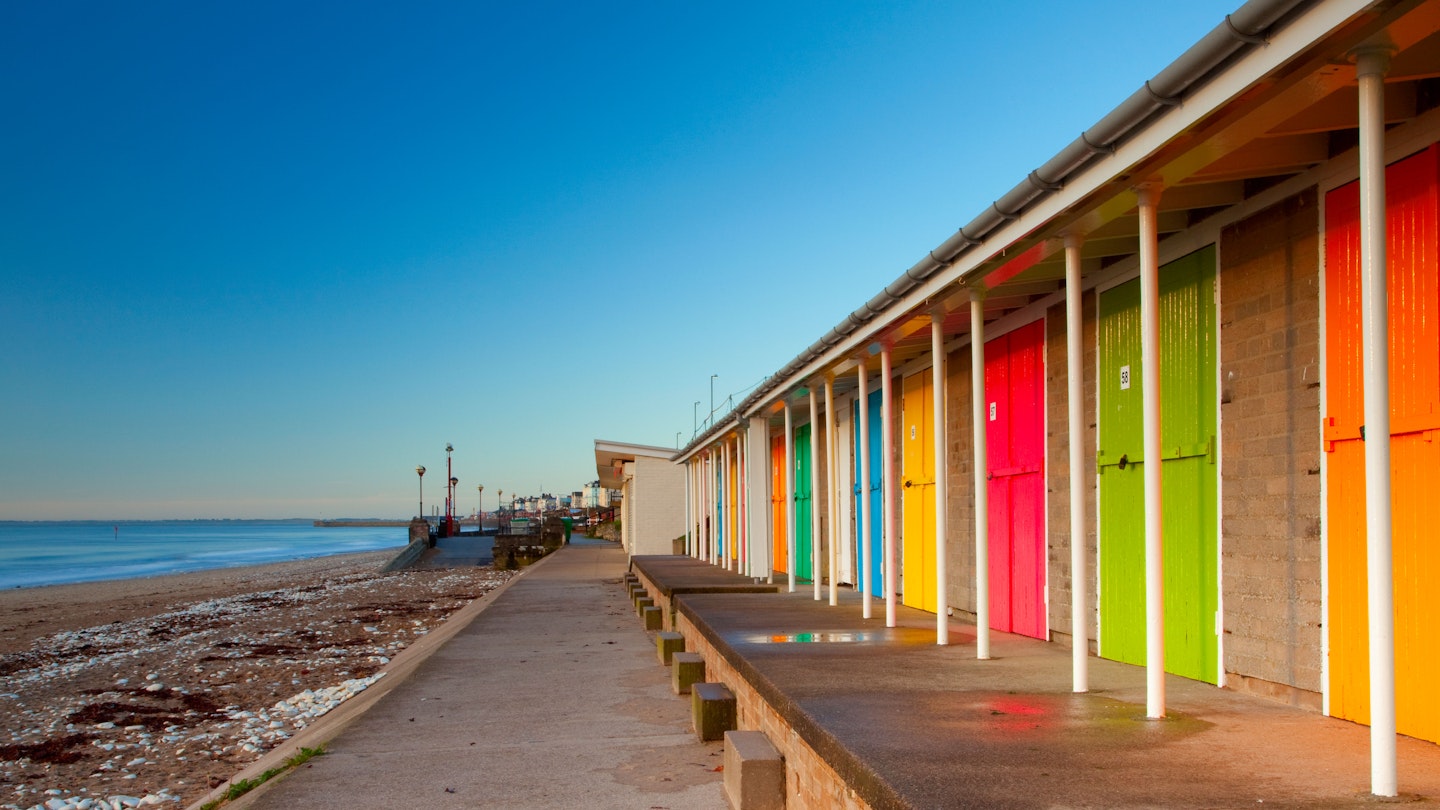Standing out and feeling like a certain colour isn’t that flattering are the biggest reasons we tend to stick to dark or neutral tones.
But a new study by Arla’s Best Of Both revealed some insights into the psychology of colour, finding that half of British people believe the colours they wear affect their mood.
Four in ten said their mood can also change depending on what colour they wear, but 40% of our wardrobes are filled with black clothes and black and neutral tones express that stress and anger.
So what colour is the most likely to make us happy?
Yellow!

That’s right, the sunny colour is the most chosen to bring happiness and so by wearing something golden, it should bring a positive mood.
What about the other colours?
-
Red – confidence, loudness, passion
-
Green – intelligence, approachable
-
Blue – reliable, trustworthy, calm, relaxed
-
White – traditional
-
Pink – immaturity
-
Grey - tired
-
Black – stress, anger, conservative
So if red evokes confidence and green is a sign of intelligence, you should definitely be seen wearing these colours if you’re out to impress.
But clearly you need to avoid pink if going to an interview or a date.
More than half of participants in the study said that they feel the colours they choose to wear to different events can influence how successfully they go; and just under two thirds felt the colour you wear to these social situations will directly impact how you feel while attending too.

And it’s not just the colour of your clothes that are judged by everyone, it’s also your home, your car, and even the shade of nail varnish you choose that affects how others view you.
Jessica Hardcastle of Arla Food UK commented on the study, revealing this is the reason behind their yellow-top milk bottle: “We know that colour is very important for first impressions – something that this study shows. We also know that yellow is a colour that not only catches our attention but is associated with happiness, optimism and enlightenment.”
The study also found that women are more affected by colour than men, as they found women were more likely to change their mood when putting on a different colour.
Psychologist and colour expert, Honey Langcaster-James also commented on how we can improve our moods by changing the colours we wear for different occasions: “Brits tend to stick to wearing dark or neutral tones. Understanding how to ‘colour craft’ and wear different colours for different occasions and circumstances can give you the edge and influence a range of outcomes in your life.”
Do you think certain colours affect your mood?
Let us know via Facebook and Twitter (@CloserOnline).
